5307010518952
Price Quote Get an up to date pricing and availability quote for this product. Order online or over the phone.
Quality Commitment
Serving our customers with quality and safety first.
- AS9120 Certified
- Audited supply chain
- ITAR Registered
- DDTC Registered
- HAZMAT Certified
- Customer service objectives
- Every product 100% inspected

5307-01-051-8952 Specification Set by the OEM (see RNCC code 3)
3a nut thread
+0.4742/+0.4755in. stud thread
RIGHT-Hand stud thread
0.695in. nut thread ⁓45/64"
0.875in.
0.063in. and 0.065in.
1.374in. ⁓1-3/8"
0.125in.
28 nut thread
0.500in. stud thread ⁓1/2"
aaje
any acceptable
0.416in.
32.0 microinches shoulder bearing surface
0.250in.
stud end counterbore 0.250 in. dia by 0.400 in. dp
iron alloy 660
ams 5736 assn std single material response
shouldered and stepped
uns stud thread
Cross Reference Parts Part numbers that meet the specification outlined on this page and set by the OEM
Identification Item Identification Guide (IIG) and Item Name Code (INC)
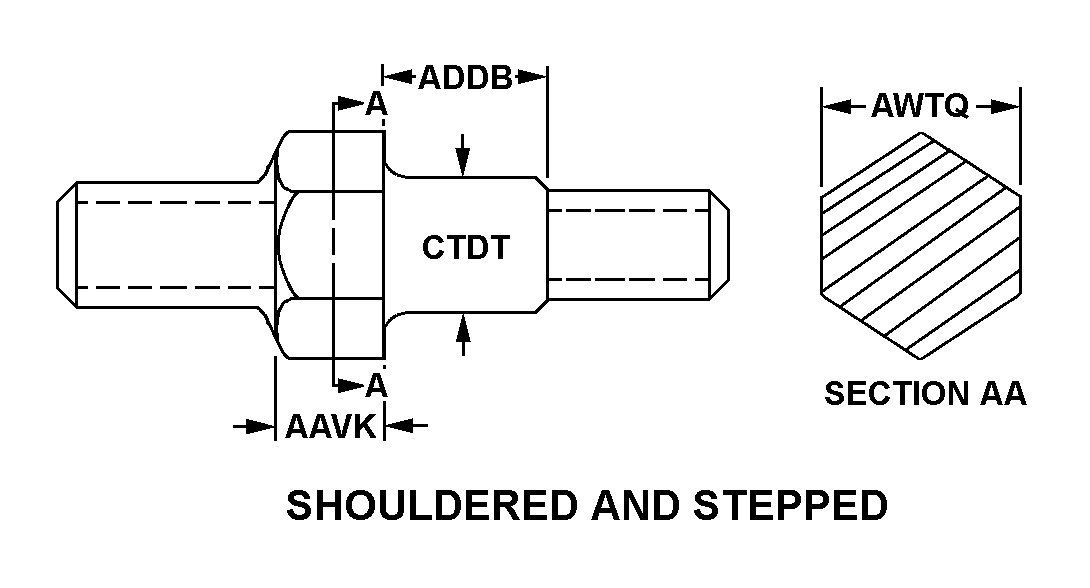
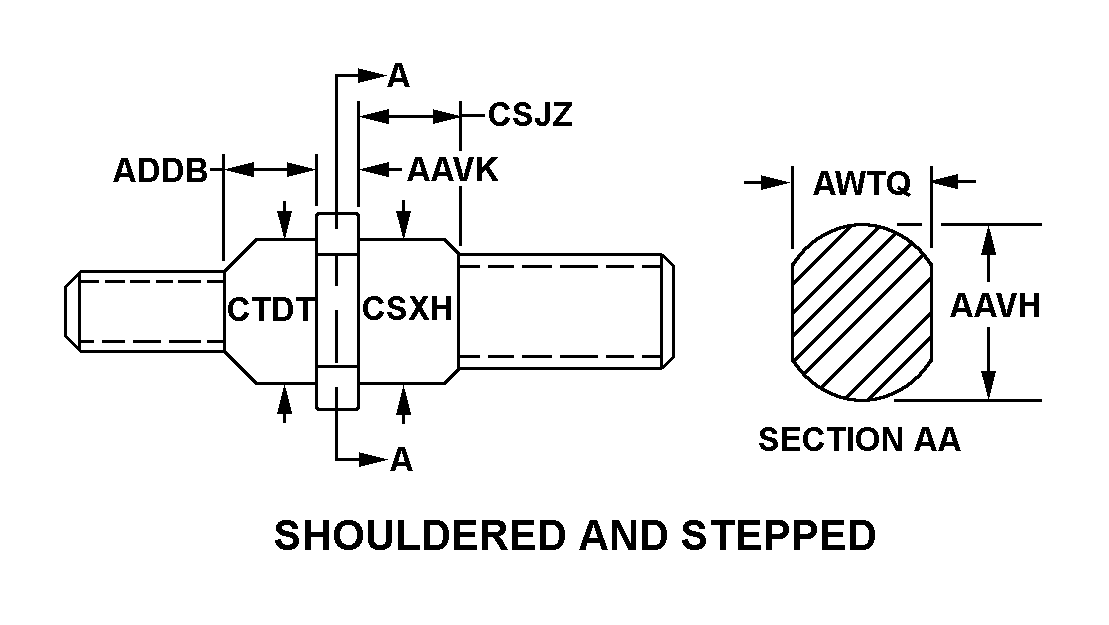

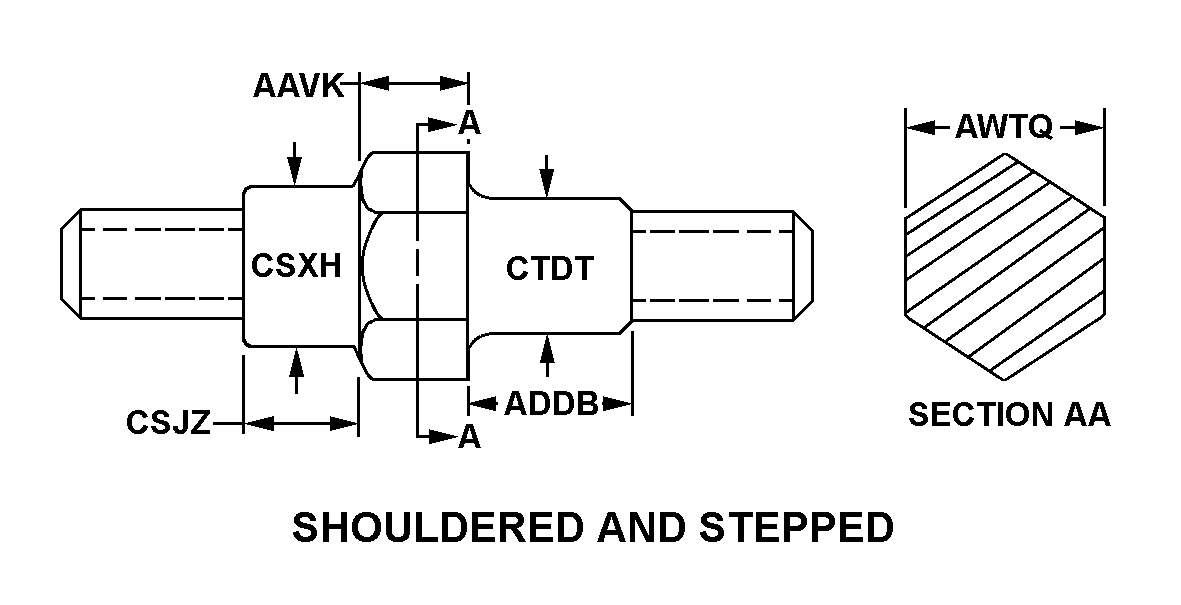
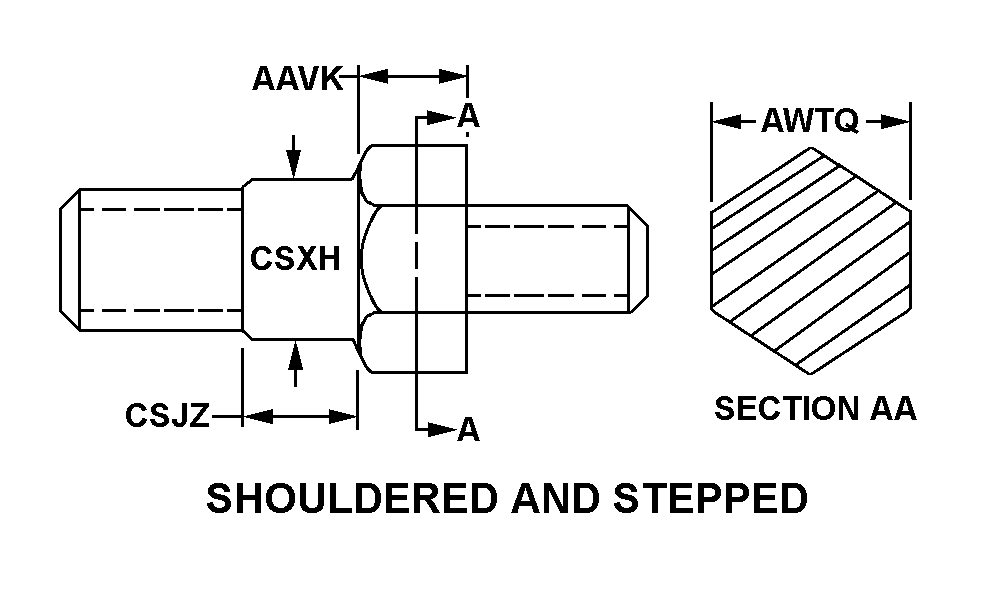
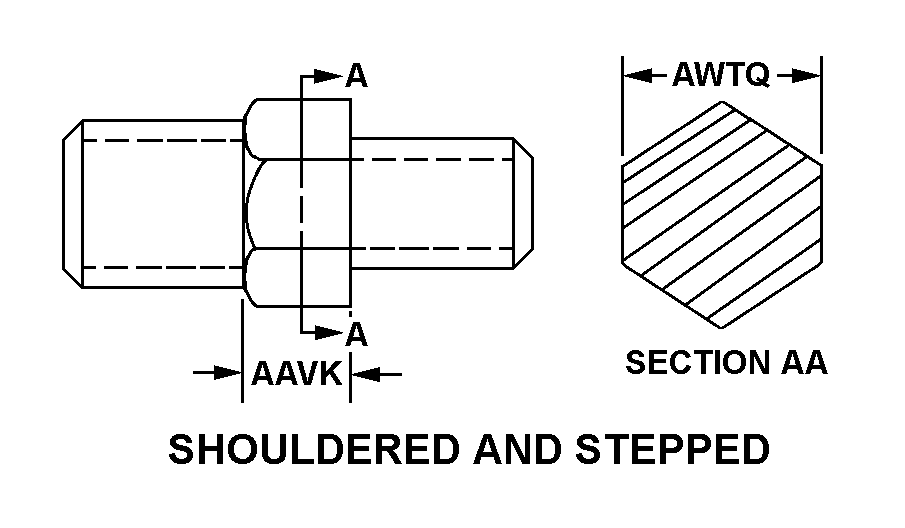
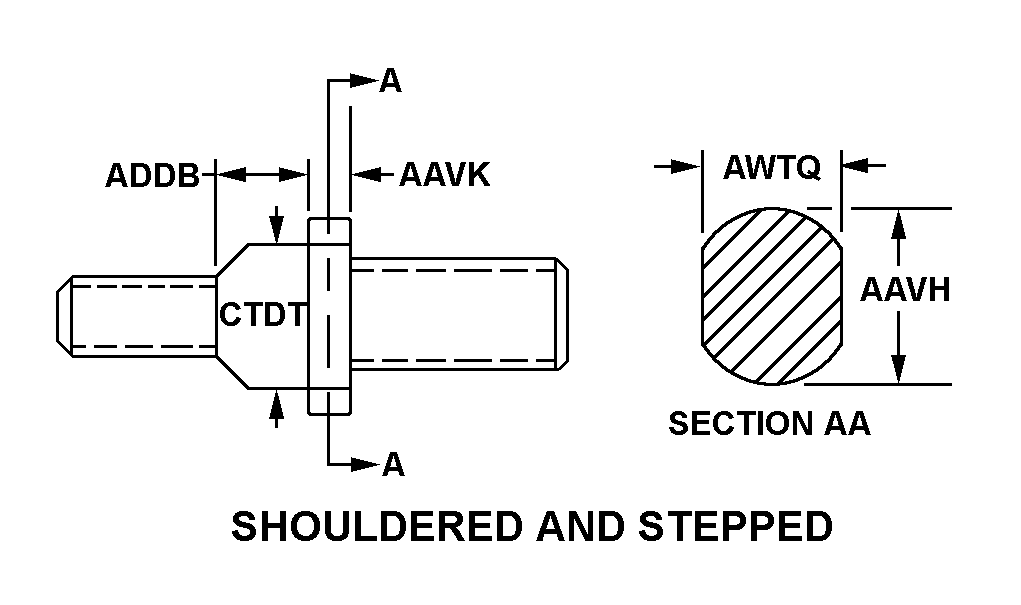
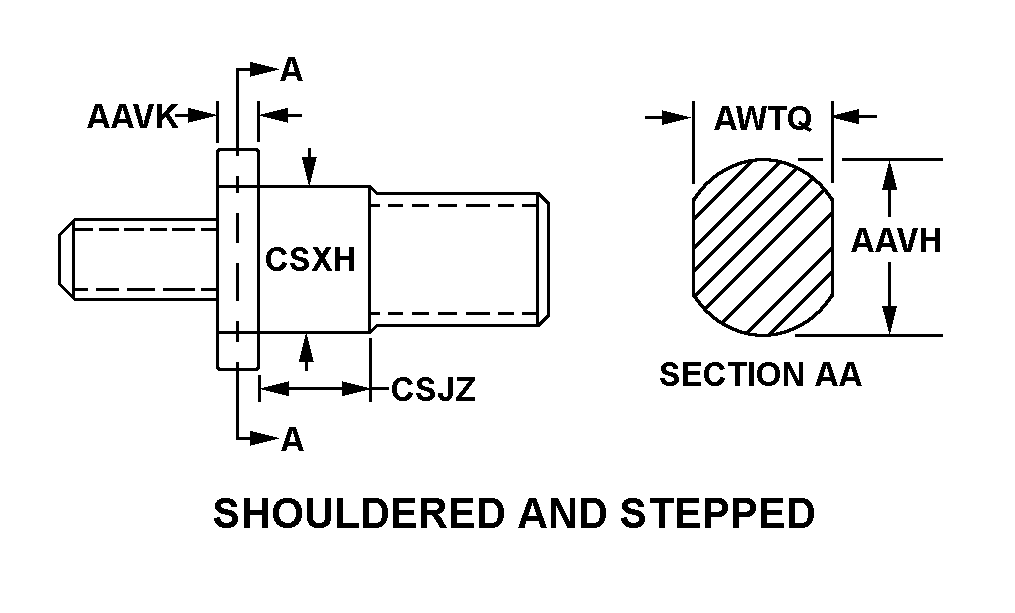
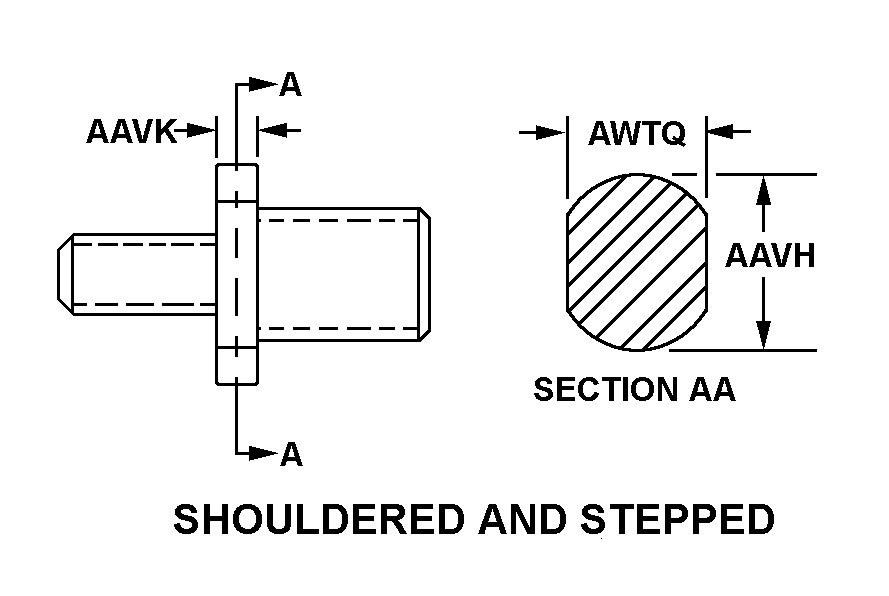
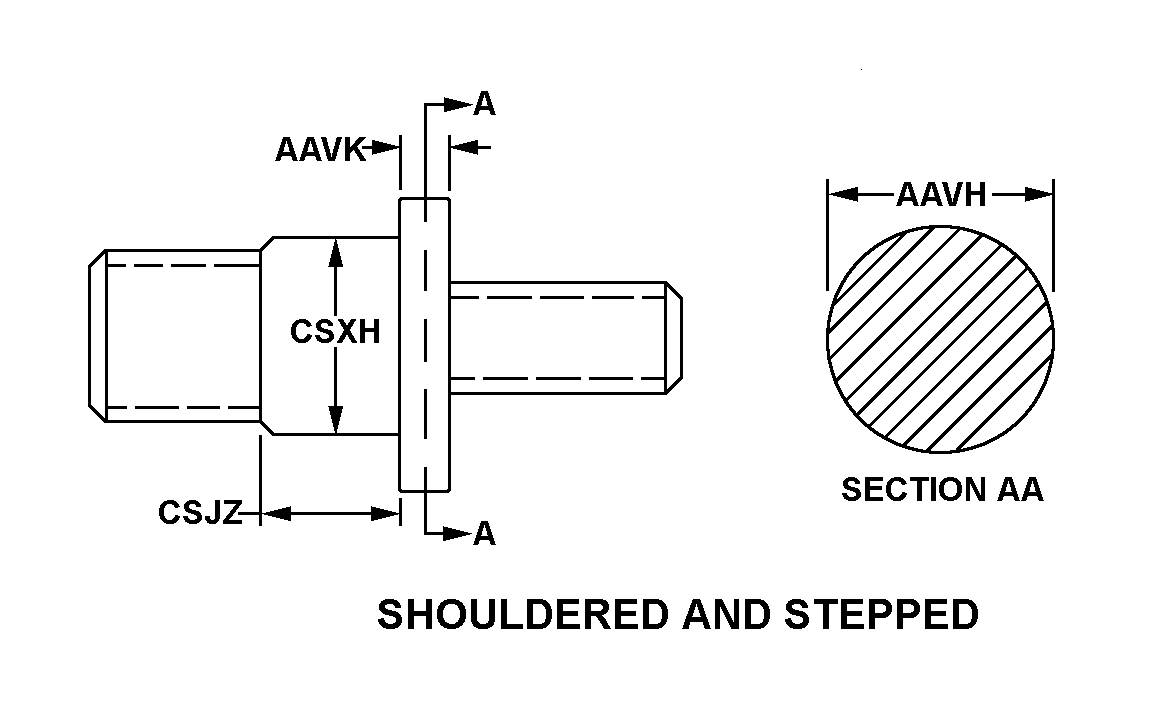
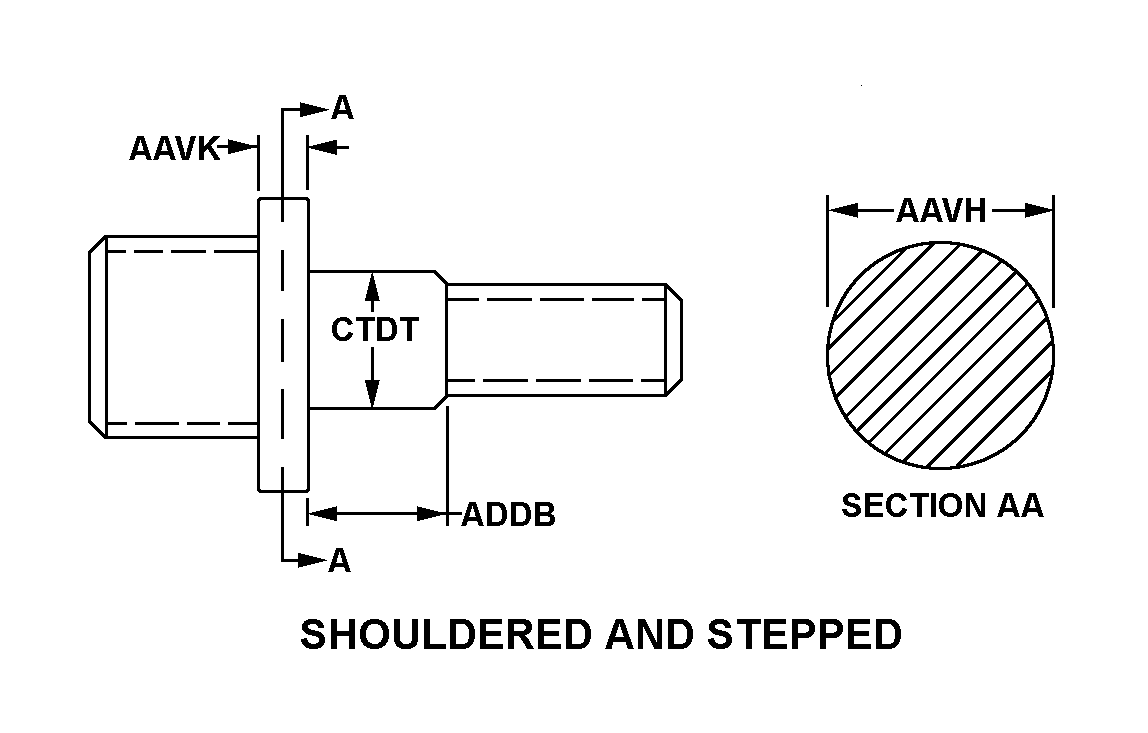
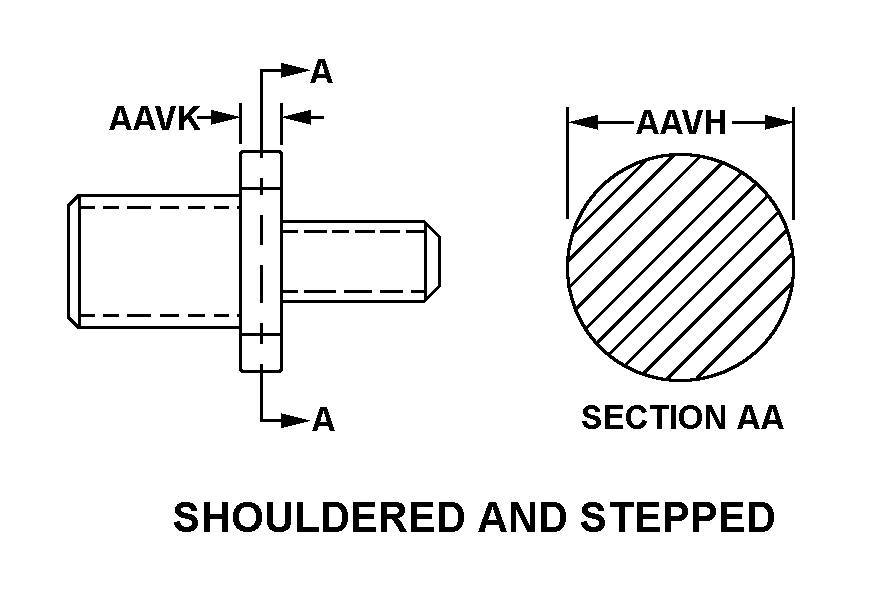
Definition Definition of approved item name (AIN): "STUD,SHOULDERED AND STEPPED"
A headless fastener not exceeding 12 inches (304.8 mm) in length, threaded externally on both ends, on which the nominal diameter of one threaded section is greater than the other. All or part of the unthreaded section is greater than the maximum major diameter of the largest threaded section. It may be thread relieved. Excludes items with tapered threads. See also stud, locked in.
5307-01-051-8952 Material Hazmat, Precious Metals, Criticality, Enviroment, and ESD
Indicates there is no data in the hmirs and the nsn is in a fsc not generally suspected of containing hazardous materials.
Precious metal content is unknown
The item does not have a nuclear hardened feature but does have other critical feature(s) such as tolerance, fit restrictions or application.
Identification Codes
HMIC: Hazardous Material Indicator Code. A one position code that identifies a hazardous item.
PMIC: Precious Metal Indicator Code. A one position code which identifies items that have precious metals as part of their content. precious metals are those metals generally considered to be uncommon, highly valuable, and relatively superior in certain properties such as resistance to corrosion and electrical conductivity.
ESD: Electrostatic Discharge. Indicates if an item is susceptible to electrostatic discharge or electromagnetic interference damage. electrostatic discharge damage occurs when an accumulation of static electricity generated by the relative motion or separation of materials is released to another item by direct contact. electromagnetic interference damage occurs when an item comes into proximity with an electrostatic or magnetic field.
ENAC: Enviromental Attribute Code. Identifies items with environmentally preferred characteristics.
CRITL: Criticality Indicator Code. Indicates an item is technically critical by tolerance, fit, application, nuclear hardness properties, or other characteristics.






